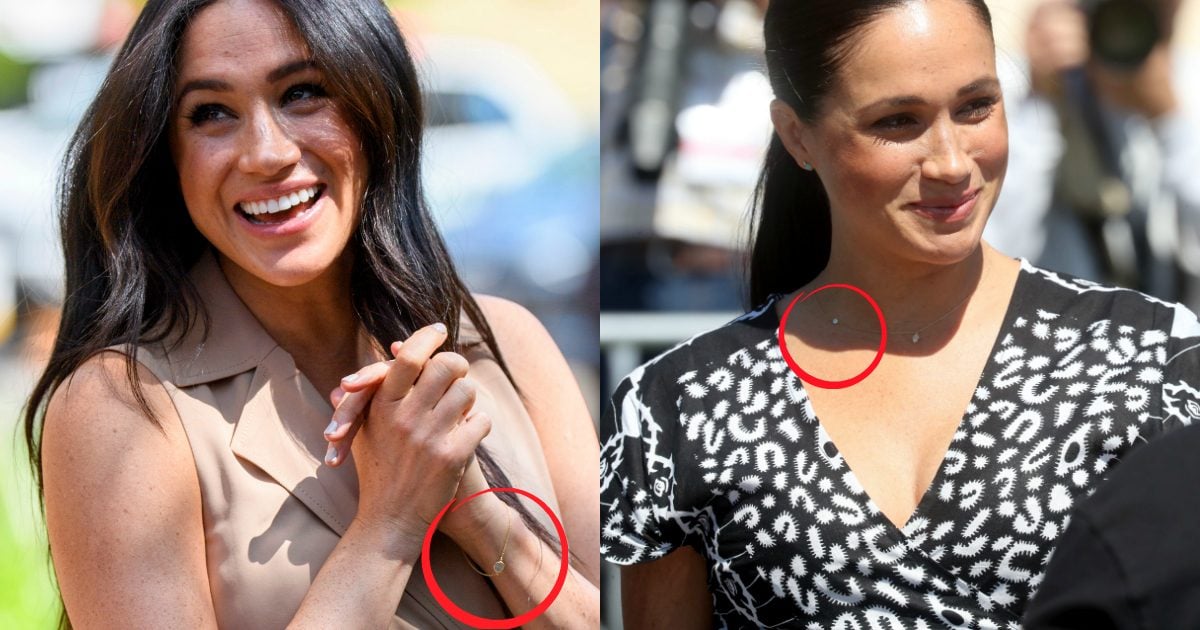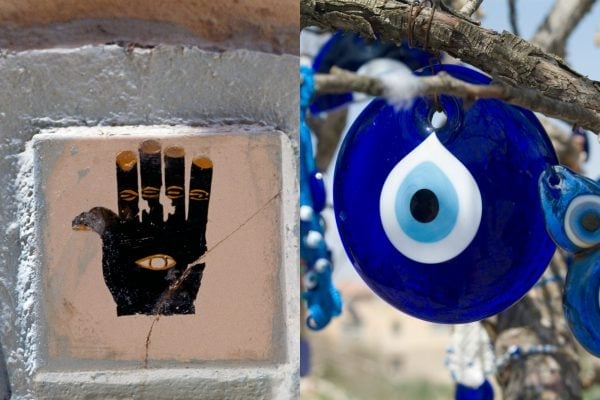
Ok, so yes, we probably read into Royal fashion too much. We find hidden messages in colour choice, rebellion in the absence of stockings or an off-the-shoulder dress. And don’t get us started on trousers.
But there’s a definite recurring theme in the jewellery of recently escaped — sorry — resigned senior royal, Meghan, Duchess of Sussex:
The evil eye.
This week, the Duchess appeared in a video for charity Smart Work, one of her patronages, and could be seen wearing yet another necklace featuring the talismanic symbol.
View this post on Instagram


Top Comments
Thank you, I loved reading your article about the trend of evil eye and the meaning.
If your readers want more information about evil eyes. There is a wonderful website that is dedicated this topic.
https://omgbeads.com/
Kind Regards
Gülcan